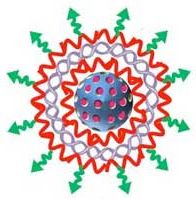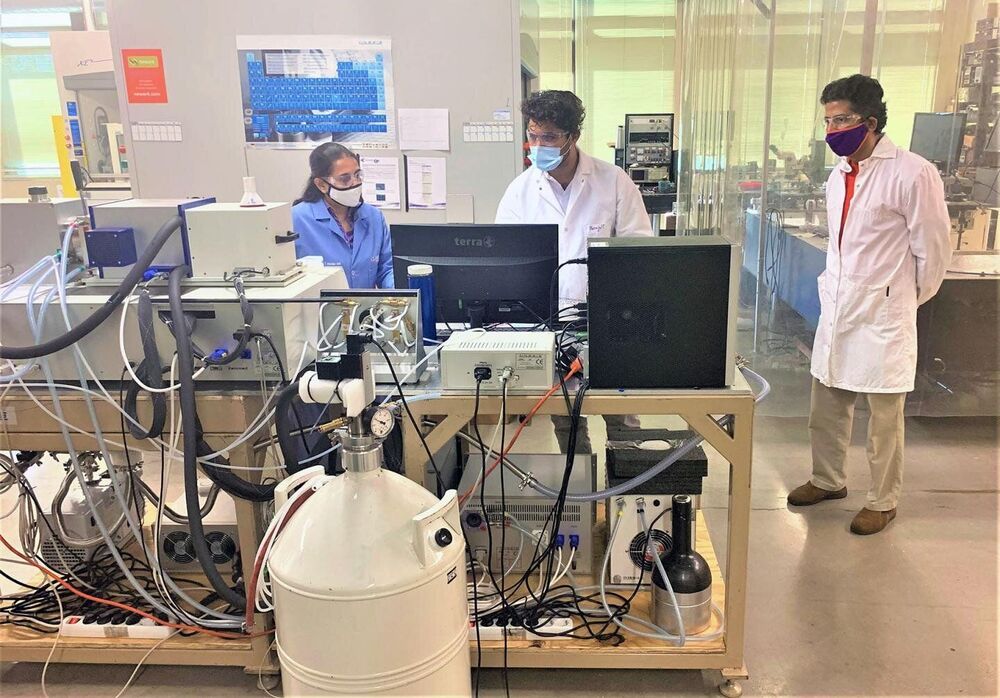Nov 21, 2020
CRISPR Technique Effectively Destroys Metastatic Cancer Cells in Living Animal
Posted by Lon Anderson in categories: biotech/medical, nanotechnology
The work was conducted in the laboratory of Dan Peer, PhD, VP for R&D and Head of the Laboratory of Precision Nanomedicine at the Shmunis School of Biomedicine and Cancer Research at TAU. The research was conducted by Daniel Rosenblum, PhD, together with PhD student Anna Gutkin and colleagues in Peer’s laboratory and other collaborators.
The study “CRISPR-Cas9 genome editing using targeted lipid nanoparticles for cancer therapy” appears in Science Advances.
“Harnessing CRISPR-Cas9 technology for cancer therapeutics has been hampered by low editing efficiency in tumors and potential toxicity of existing delivery systems. Here, we describe a safe and efficient lipid nanoparticle (LNP) for the delivery of Cas9 mRNA and sgRNAs that use a novel amino-ionizable lipid,” write the investigators.


















